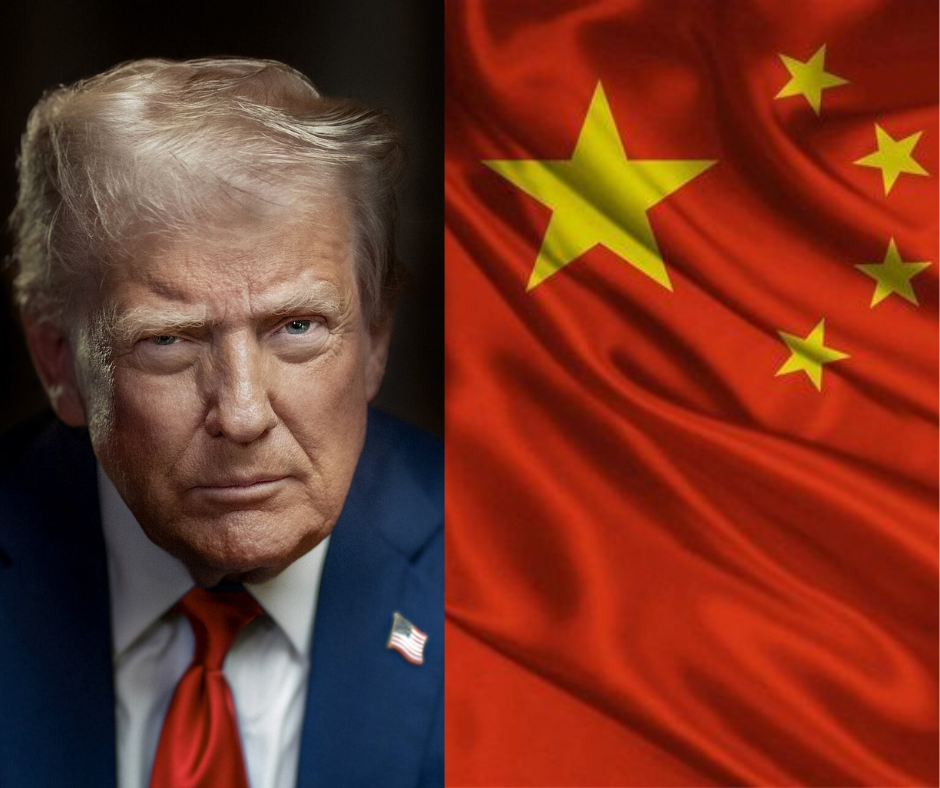From the outset of his 2024 campaign, Donald Trump made it clear that tariffs would be his primary weapon in reshaping U.S.-China trade. He proposed a universal 60% tariff on all Chinese imports, branding it a necessary move to protect American jobs and manufacturing. He also threatened to revoke China’s permanent normal trade relations (PNTR) status, which would strip away preferential tariff treatment and reset trade terms to pre-2000 levels.
In early 2025, after returning to office, Trump escalated tensions by invoking the International Emergency Economic Powers Act (IEEPA) to justify sweeping tariffs. These included:
- 10% tariffs on all Chinese imports in February 2025.
- An additional 10% in March, followed by a dramatic 34% hike on April 2, dubbed “Tariff Liberation Day.”
- By April 10, cumulative tariffs reached 125%, with some sectors facing even higher rates.
Trump also floated 150%–200% tariffs in the event of Chinese aggression toward Taiwan, using trade as a geopolitical deterrent. He proposed banning Chinese ownership of U.S. farmland, ports, and tech infrastructure, and vowed to crack down on Chinese espionage by restricting visas for students and researchers with military ties.
These threats triggered a tit-for-tat escalation. China responded with reciprocal tariffs, peaking at 125%, and targeted key U.S. exports like agricultural goods and energy. The standoff disrupted global supply chains and rattled markets, especially in sectors like semiconductors, pharmaceuticals, and rare earths.
The June 2025 Agreement
On Wednesday, June 25, 2025, President Trump announced that the U.S. and China had signed a framework trade agreement following marathon negotiations in London. The deal marks a significant de-escalation in the trade standoff.
Key elements of the agreement include:
- The U.S. will reduce tariffs to 55% on Chinese imports.
- China will maintain a 10% tariff on U.S. goods.
- China agreed to resume exports of rare earth materials, critical for U.S. manufacturing and defense industries.
- The U.S. will allow Chinese students to continue studying at American universities, reversing earlier threats to revoke visas.
What Commerce Secretary Scott Bessent Said
“If China will course-correct by upholding its end of the initial trade agreement we outlined in Geneva last month,” Bessent said, “then a big, beautiful rebalancing of the world’s two largest economies is possible”.
He also highlighted that the U.S. is now receiving “unimaginably good trade deals” from partners eager to reduce non-tariff barriers—an indirect nod to the leverage created by Trump’s aggressive tariff strategy.
Bessent credited the administration’s approach for slowing inflation and fostering what he called “substantial non-inflationary growth”, citing the latest Consumer Price Index report showing a modest uptick in food prices but overall economic resilience.
While the agreement is still pending formal approval by both Trump and Chinese President Xi Jinping, it represents a pivot from confrontation to cautious cooperation. Trump described the deal as a “great WIN for both countries,” though analysts remain skeptical about its long-term durability.










